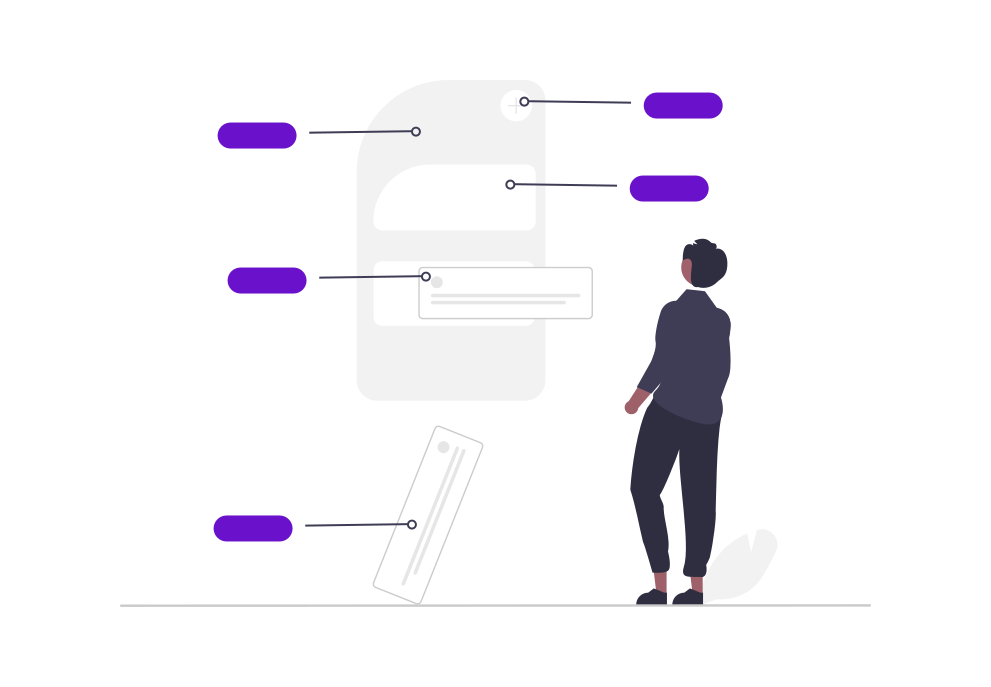Account-based marketing (ABM) has become a cornerstone strategy for B2B marketers aiming to achieve higher revenue growth and better ROI. The effectiveness of ABM lies in its ability to deliver highly personalized and targeted marketing campaigns. However, the success of these campaigns heavily relies on the accuracy and precision of the segmentation process. Industrial segmentation, in particular, plays a crucial role in fine-tuning ABM strategies, ensuring that marketing efforts are not just broad strokes but are finely tuned to the specific needs and characteristics of different industries. This blog explores how industrial segmentation enhances ABM strategies, providing actionable insights for marketers.
Understanding Industrial Segmentation
Industrial segmentation involves dividing a market into distinct groups of companies that share common characteristics. These characteristics can include industry type, company size, revenue, geographic location, and specific business needs. By categorizing companies into segments, marketers can develop tailored strategies that resonate more effectively with each group.
The Importance of Industrial Segmentation in ABM
-
Enhanced Targeting Precision: Industrial segmentation allows marketers to focus their efforts on the most relevant and high-potential accounts. Instead of adopting a one-size-fits-all approach, marketers can identify and prioritize accounts that are more likely to convert based on industry-specific needs and pain points.
-
Personalized Messaging: Segmentation enables the creation of highly personalized content that speaks directly to the unique challenges and goals of each industry. This level of personalization can significantly increase engagement and response rates, as prospects feel understood and valued.
-
Efficient Resource Allocation: By segmenting the market, companies can allocate their resources more effectively. Marketing and sales teams can focus their efforts on the most promising segments, ensuring that time and budget are spent on accounts with the highest potential for return.
-
Improved Customer Experience: Industrial segmentation helps in crafting marketing messages and campaigns that address specific industry challenges, leading to a better customer experience. When prospects receive content that is relevant to their industry, they are more likely to engage and convert.
-
Competitive Advantage: Companies that leverage industrial segmentation in their ABM strategies can gain a competitive edge. By understanding and addressing the specific needs of each industry segment, businesses can differentiate themselves from competitors who may be using a more generalized approach.
Implementing Industrial Segmentation in ABM Strategies
-
Data Collection and Analysis: The first step in implementing industrial segmentation is to gather comprehensive data on your target accounts. This data should include firmographics, industry trends, and behavioral insights. Advanced analytics tools and AI-powered platforms can help in collecting and analyzing this data efficiently.
-
Defining Segmentation Criteria: Once you have the data, the next step is to define the criteria for segmentation. This could include industry type, company size, revenue, location, and specific business needs. The criteria should align with your overall business goals and marketing objectives.
-
Creating Segmented Campaigns: With clearly defined segments, you can start creating targeted campaigns. Develop personalized messaging, content, and offers for each segment. Use marketing automation tools to streamline the campaign creation and management process.
-
Aligning Sales and Marketing Teams: For ABM strategies to be effective, it is crucial that sales and marketing teams are aligned. Both teams should have a clear understanding of the segmentation strategy and work together to identify high-potential accounts, develop personalized approaches, and track progress.
-
Continuous Monitoring and Optimization: Industrial segmentation is not a one-time task. It requires continuous monitoring and optimization. Regularly review the performance of your segmented campaigns, gather feedback, and make necessary adjustments to improve effectiveness.
Conclusion
Industrial segmentation is a powerful tool that can significantly enhance ABM strategies. By dividing the market into distinct segments and creating personalized campaigns, businesses can achieve higher targeting precision, improved engagement, and better ROI. As the business landscape continues to evolve, the importance of industrial segmentation in ABM will only grow, making it a critical component of any successful B2B marketing strategy.


